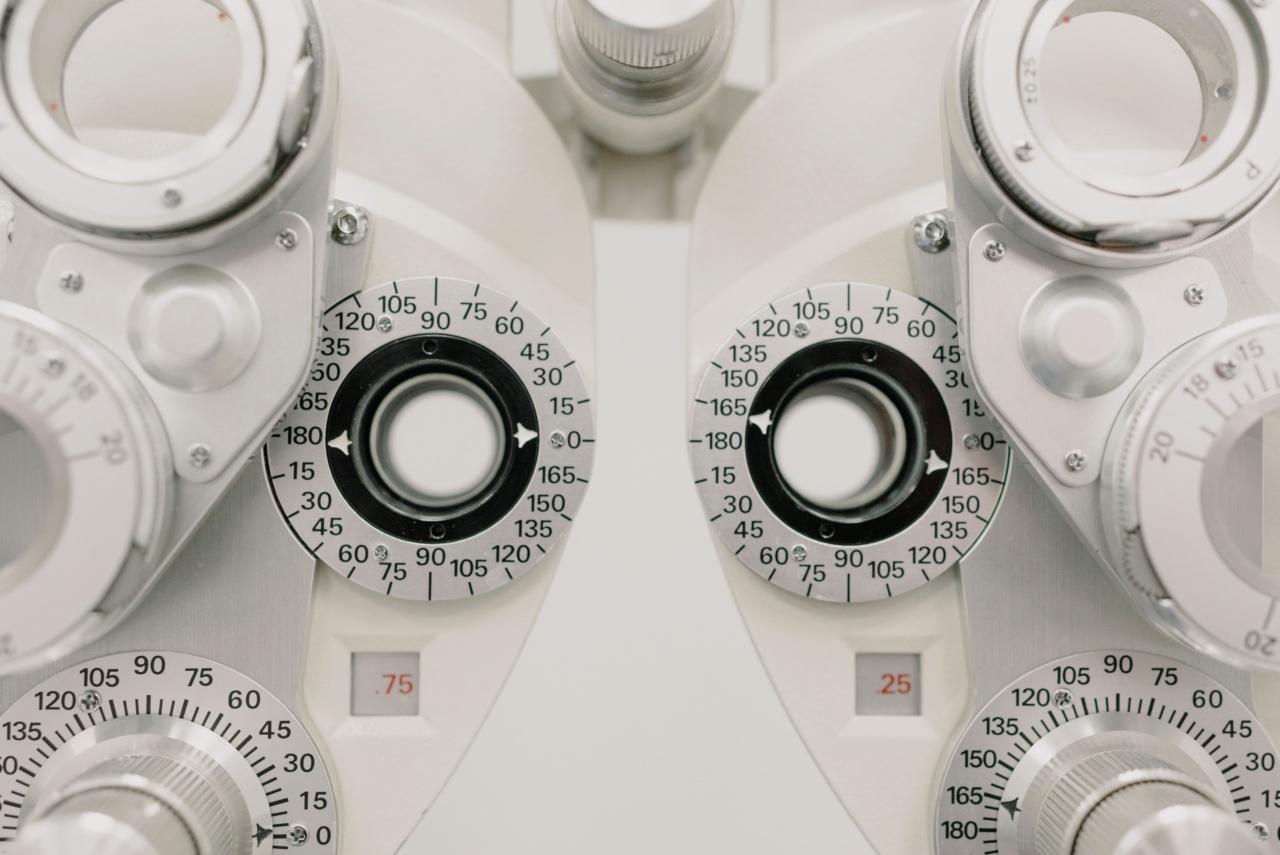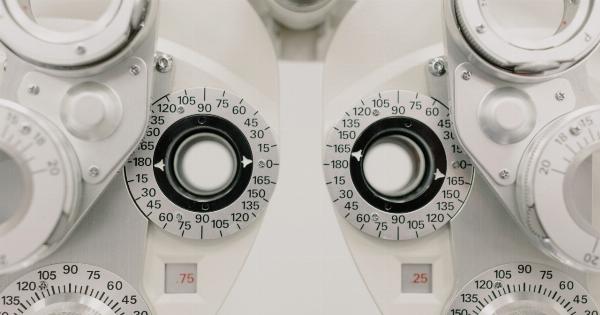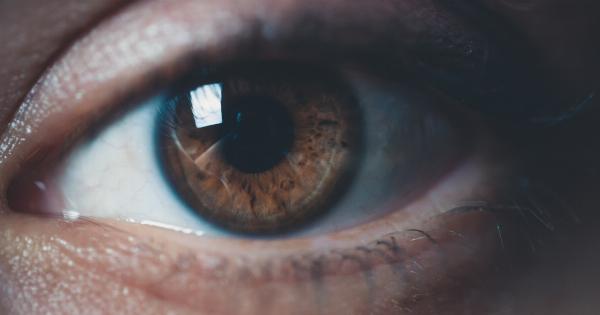Vision correction has been a part of human life for hundreds of years. Spectacles and contact lenses have helped millions of people see more clearly and perform their daily activities with ease. However, these solutions are not without limitations.
The need for constant maintenance and upgrading, discomfort, and even physical pain are common issues that people face with traditional vision correction methods.
Bionic lens technology is an emerging solution for these problems. Bionic lenses are artificial lenses that are implanted directly into the eye to provide superior vision correction.
This technology is still in development, but it has the potential to revolutionize the way we approach vision correction. This article explores the benefits of bionic lens technology and what the future holds for this groundbreaking solution.
How Bionic Lenses Work
Bionic lenses are designed to mimic the natural lens in the human eye, the part responsible for focusing incoming light onto the retina. The artificial lens is made from biocompatible materials that do not irritate or damage the eye.
The bionic lens works by replacing the natural lens with a custom-designed artificial lens that allows the eye to focus on a wider range of distances. The technology used in bionic lenses is similar to that of intraocular lenses (IOLs), which are already commonly used in cataract surgeries.
The bionic lens implantation procedure is quick and minimally invasive. The surgeon creates a small incision in the eye and removes the natural lens. After removing the natural lens, the bionic lens is inserted and placed in the correct position.
The incision is then closed, and the patient is sent home on the same day or the next day.
The Advantages of Bionic Lenses
Bionic lenses offer numerous advantages over traditional vision correction methods. These include:.
1. 20/20 Vision
Bionic lenses can provide 20/20 vision or better, which means that visual acuity is sharper and more accurate than with traditional lenses. This ensures a clear and precise image, even in low-light conditions.
2. Wider Range of Focus
Bionic lenses are designed to offer a much wider range of focus, which means that patients can see faraway objects clearly, as well as objects that are closer to them.
This makes it easier to perform everyday activities such as reading, driving, and navigating through crowded spaces.
3. No Maintenance
Bionic lenses do not require any maintenance. Unlike contact lenses, there is no need to clean or replace bionic lenses. Once implanted, the lenses will remain in place for the rest of the patient’s life.
4. Reduced Risk of Infection
Since bionic lenses are implanted surgically, there is no risk of infection associated with the use of external vision correction methods such as contact lenses. This removes the need for antibiotics and frequent check-ups related to infection risks.
5. Improved Quality of Life
Bionic lenses can help people with vision problems live a more active and fulfilling life.
With 20/20 vision and a wider range of focus, bionic lens recipients can enjoy daily activities like reading books or watching movies without any discomfort or limitations.
The Future of Bionic Lenses
The technology behind bionic lenses is still in development, with several companies working on bringing their products to market.
Currently, bionic lens technology is not widely available, with only a few clinics around the world performing the procedure. However, it’s expected that bionic lenses will become more widely available in the future, as the technology improves and gains acceptance in the medical community.
Bionic lenses are still evolving technologically, with researchers looking to improve on existing designs. Future bionic lenses may offer more advanced features such as automatic focusing and zooming to provide an even more seamless visual experience.
Furthermore, customized bionic lenses may be developed for specific eye conditions, such as age-related macular degeneration, retinitis pigmentosa, and glaucoma.
Conclusion
The possibility of having a bionic lens implanted directly in the eye to improve vision is an exciting prospect for those with vision problems.
The benefits of bionic lenses are numerous, with significant potential for improving the quality of life for millions of people around the world. While this technology is still being developed, it’s expected to become more widely available in the coming years, allowing more people to enjoy the benefits of bionic lens technology.




























